About w2e Technology
Waste-to-Energy Reinvented: 150% of the production with 12% of the capex
w2e Technology is a high-yielding, resource recovery process driven by a catalytic exothermic thermochemical reaction. w2e is a closed system with no emissions, no combustion, no ignition & no toxins. The organic feedstock undergoes a solid-to-gas phase change – a molecular reconstruction – yielding an output that is 99.999% pure and everything is captured.
A w2e module consumes so little electricity that it runs 100% off its own, self-generated power, no grid power required, and produces immense amounts of product for offtake. Unlike other recycling, waste-to-energy technologies and processes, w2e consumes very little water, making it appropriate for any environment. In most cases, the water required comes from the process substrate itself.
- w2e is NOT steam reformation
- w2e is NOT pyrolysis
- w2e is NOT gasification
- w2e Technology is an exothermic chemical reaction that generates its own heat
- w2e has a negative carbon footprint
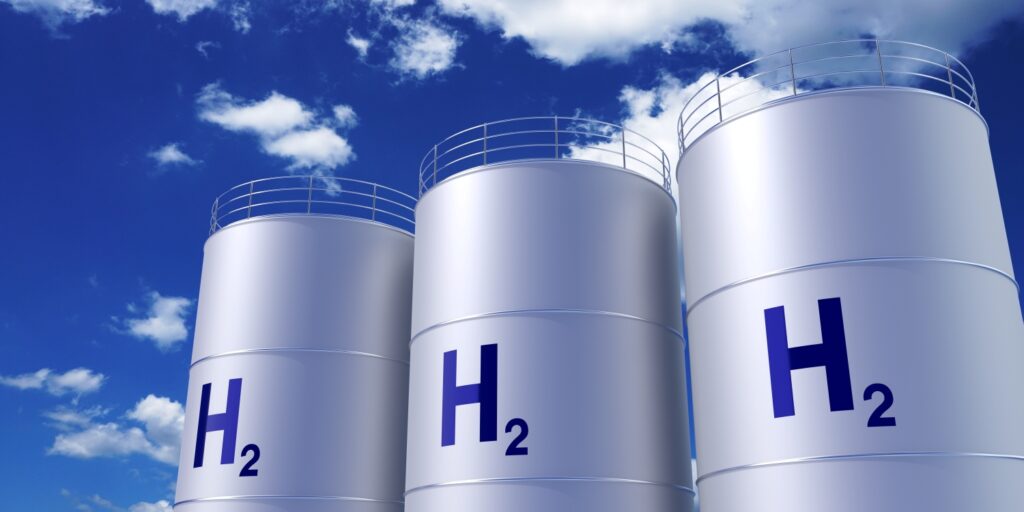
There are no comparisons. w2e Technology stands alone.
Flexible Offtakes
Green Fuels and Pure Raw Materials Constructed from Elemental Molecules
The w2e process recovers and captures gas with high efficiency in a closed system, which become the building blocks for a vast array of pure, green fuel and power end-products, enabling flexibility to create a vast array of offtakes.
Green Hydrogen
Traditionally, Green Hydrogen is made by separating hydrogen from water, natural gas, or coal. The differentiator between grey hydrogen and green hydrogen is the source of the electric power used to operate the facility. Hydrogen produced by w2e is green by definition.
Green Electric Power
w2e uses some of its produced hydrogen to efficiently generate electricity for its operations. w2e can produce excess power beyond its own needs to have green power to sell to the grid.
Methane (RNG)
The differentiator between Methane and Renewable Natural Gas (RNG) is whether or not the substrate is cellular or non-cellular and whether the power used is renewable or not. Also, to qualify for RNG "credits", the gas must be sold into the transportation industry.
E-Methanol
The differentiator between Methanol and e-Methanol is whether or not the substrate is cellular or non-cellular and whether the power used is renewable or not. Cellular substrates include plant material, food waste, agricultural waste, etc. Non-cellular substrates include plastic, rubber (from waste tires and other sources), coal, etc.
Food/Medical Grade Carbon Dioxide (CO2)
Carbon dioxide is a high demand and valuable product for the food, bottling, medical and agricultural industries, and the w2e process yields pure, molecularly reconstructed hydrogen and carbon dioxide in a liquid state.
BTX (Benzene, Toluene and Xylene)
Creating BTX, the raw materials for new plastics and polyester including plastic water and soda bottles, from waste organics and renewable green sources avoids the significant emissions, petrochemicals and energy required to making new virgin plastic resin from petroleum.
The World's Organic Waste is Our Fuel
w2e's best feedstocks include the worst organic waste problems on the planet.
The longest lasting, “dirty” carbon-dioxide and methane producing materials left to pile up, decompose and emit gasses into the atmosphere are actually the most carbon-dense, high BTU materials that exist, making them literally full of power waiting to be recovered.
Plastic Waste
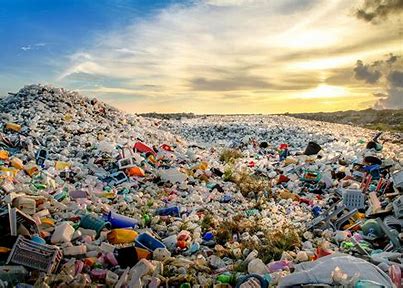
The world’s plastic problem is the environmental “elephant in the room”, and the problem is getting worse. Billions are spent by bottlers and recyclers trying to reuse plastics. These organization sort, clean, chip or flake, and create derivative materials and countless other “repurposing” ideas and efforts. As productive and necessary these efforts are, the plastic waste problem is getting worse.
Example: Over the past two decades, the major beverage companies have spent billions of dollars to develop a “bottle to bottle solution. The focus of the recovery effort is on PET (a form of polyester) as the essential plastic ingredient (a plastic water or soda bottle is about 75% PET). That effort has stalled at a mechanical recycling model: The bottle is recovered by recyclers and others. Colored and other plastics are sorted out. The cap, cap ring and label must be removed from the bottle and discarded. The bottle must then be cleaned, crushed and then shredded into little pieces (flaked). Then the bottle goes through mechanical and chemical processes to capture as much of the PET as possible. Right now, that is about 5% of the PET. The net result is that about 93% of the bottle is still landfilled or burned.
In contrast, the w2e process does not care what color the bottle is, whether or not it is clean, or what type of plastic it is. The cap, cap ring and label do not need to be removed. The entire bottle and all of its components are molecularly reconstructed into BTX, the raw materials to make new bottles. A true bottle to bottle solution. w2e can just as easily use that same bottle to make methanol to fuel their trucks, provide the CO2 to carbonate their drinks and the power to run their facilities, without petrochemicals from a refinery.
The opportunity is tremendous to finally recover the materials for bottle reconstruction from the ground up and be rid of the containers and pallets of compressed bottles waiting for a viable, cost effective, environmentally friendly solution, which is . . . w2e.
Mountains of Tires
Modern industry and global commercialization produces an immense amount of tires. Similarly to plastics, tire shredding and processing to create products like road composite, playground flooring, turf field crumble and other “tire aftermarket” products are a valiant effort to deal with the problem. Still, they accumulate at an alarming rate, becoming a health and safety hazard, despite the eyesore. Luckily, tires are the densest, highest energy value non-cellular organic substrate. w2e can reduce any tire, regardless of the size or composition to nothing but valuable, green hydrogen, green electricity, or other value raw materials.
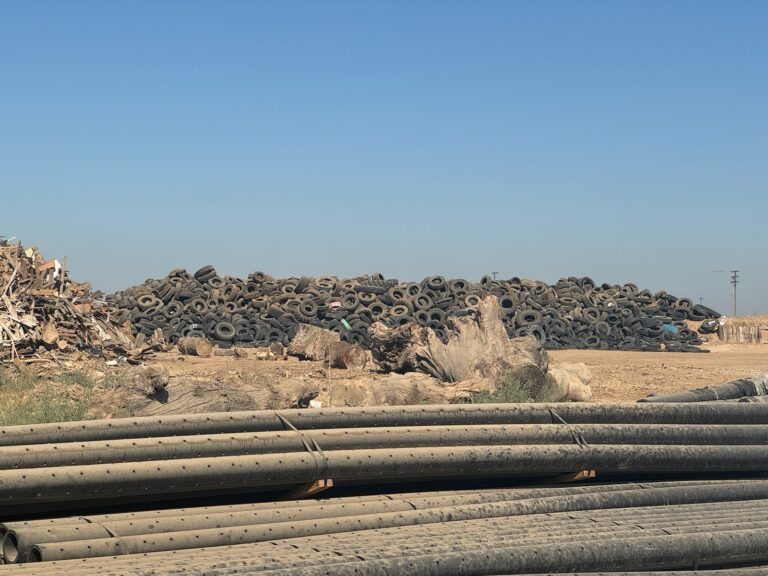
Fields of Bagasse
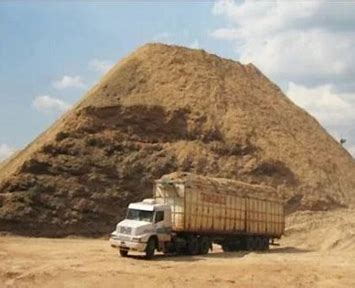
Bagasse is the fibrous by-product that remains after the extraction of juice from sugarcane. For every 10 tons of sugarcane crushed, approximately 3 tons of wet bagasse are produced. Bagasse can have a moisture content of 40% or more. Efforts to use bagasse have been thwarted by the high water content and the sheer volume of bagasse. For every acre of cane about 12.5 tons of bagasse is produce. The over one million acres of sugar cane in Florida alone produces a staggering 12.5 million tons of bagasse per year. There are literal mountains of bagasse. In many countries around the world, bagasse is openly burned in the fields causing massive pollution.
w2e thrives on high value cellular organics and the water content, that typically make bagasse an unacceptable feed stock for other technologies, is not a negative for w2e; w2e uses the water in the bagasse as part of its process. The bagasse is processed into methanol to power the diesel equipment in the field, electrical power to operate the sugar mills, and methane to heat the mill’s boilers. Excess methanol can be sold to the maritime industry that delivers the sugar around the world in a truly symbiotic relationship.
Coal, Waste Coal & Coal Fines
The coal industry has a dark cloud hanging over it, as historical power plants involve burning the coal. About 19% or US electrical power is generated from coal. That is down from 42% in 2014. Reducing emissions from burning coal for power is very expensive. However, the power value in burning coal is its high BTU value; this is still true with the w2e process, which is more efficient than burning, and has zero emissions. Decades of mining practices have left mountains of coal and coal fines piled and buried throughout the United States. Advancements in mining technology give access to a virtually limitless supply of new coal for clean energy and green fuels.
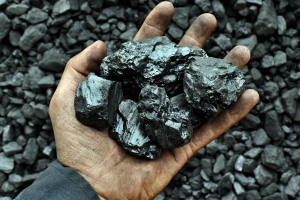
Sustainable Solutions for Energy Transition
Solving Global Industry and Transportation Challenges
(hover or click for additional information)
Sustainable Eucalyptus Cultivation for Green Hydrogen and e-Methanol
The Future of Resource Recovery
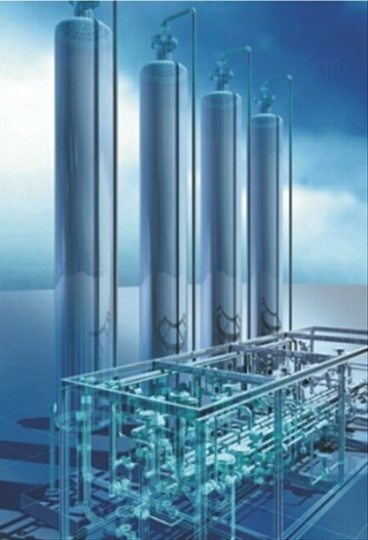
Why is the w2e Process Disruptive and Revolutionary?
“Fundamentally, the w2e process is an organic waste and sustainable organics disintegration and conversion to pure hydrogen and carbon dioxide production system. Any inorganics in the substrate are dropped out as a benign ash. The system produces its own heat and electrical energy through controlled chemical reactions and processes. Much or all of the water needed for the process comes from the substrate itself. The chemistry is complicated, but the basic system is physically simple and scalable. The w2e system simply costs much less to build and operate per ton with as much as 60 times higher yield than other technologies.
For example, on May 22, 2024, EcoNews reported “U.S. starts producing new energy: largest plant ever built and 3 tons per day.” This is the new hydrogen plant built in the desert in Lancaster, California. It was built for a reported $250 Million. The article exudes with excitement that the facility can produce 3 tons of green hydrogen per day. The plant uses massive amounts of power and precious water, in the desert. https://www.ecoticias.com/en/new-energy-hydrogen-us/2269/
A w2e plant recently designed for a resource recovery effort at a landfill will cost about $540 Million, more than double the Lancaster facility. However, w2e generates its own power to operate. Most of the water comes from the moisture in the substrates. The raw materials are organic wastes that produce greenhouse gasses that are currently being dumped into landfills. w2e recovers these energy assets and repurposes or recycles them into new green virgin chemicals at competitive prices or returns them to the marketplace to be reused. A w2e facility emits no emissions, almost no waste and the facility will produce the equivalent of 188 tons of green hydrogen or about 63 times more hydrogen than the Lancaster facility. w2e has the flexibility to deliver that hydrogen in the form of e-methanol. w2e turns the things we want to get rid of back into the things we want with little or no negative effect on the environment – a true circular solution for our ever-growing organic wastes, fuels, raw materials, energy and sustainability problems.”
– Jim Farrell, CEO, May 2024
w2e Technology, LLC
info@w2etechnology.com
+1 833-492-3832
10421 South Jordan Gateway Blvd, Suite 450
South Jordan, Utah 84095

(c) 2024 w2e Technology, LLC All Rights Reserved.
- About w2e
- Green Hydrogen Offtakes
- Organic Waste Feedstocks
- Global Industry Solutions
- Authorized Distributors
- Privacy Policy
w2e Technology, LLC
Corporate Office:
10421 South Jordan Gateway Blvd, Suite 450
South Jordan, Utah 84095
info@w2etechnology.com
+1 833-492-3832